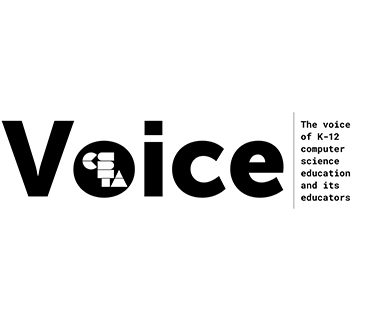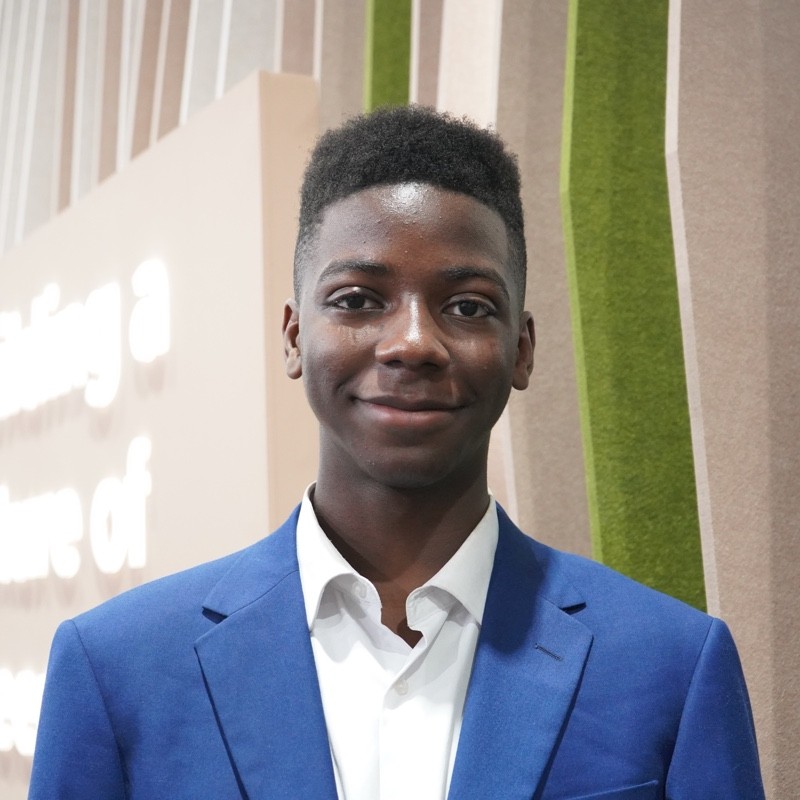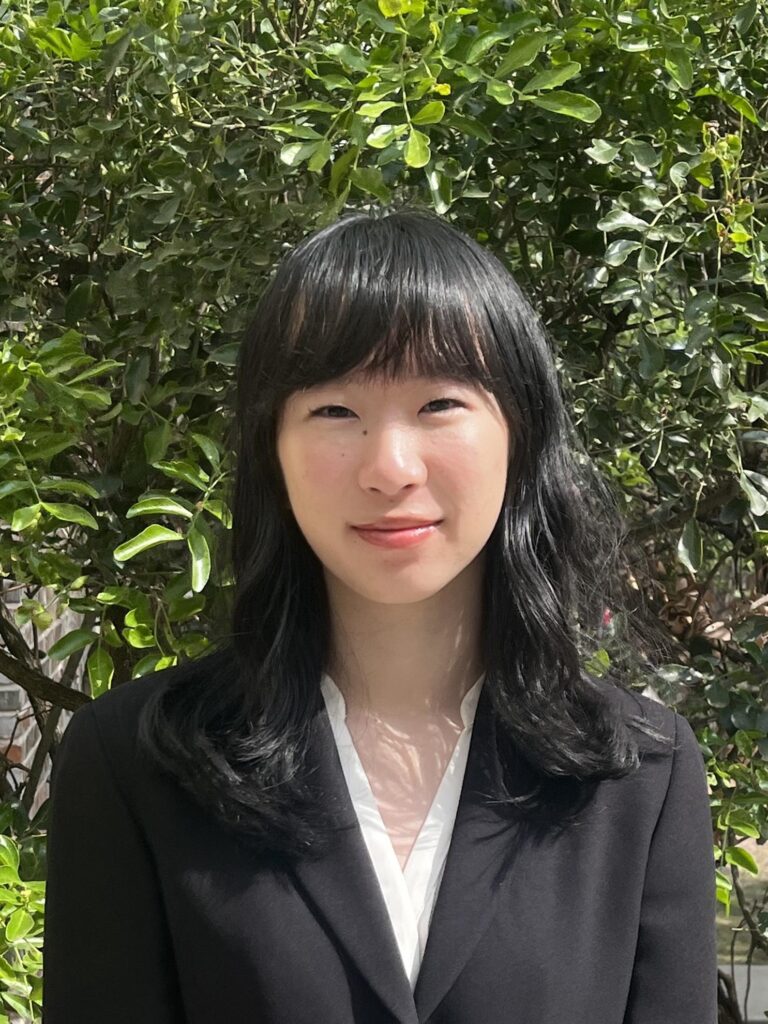Posted by CSTA on May 10, 2023

Meet the 2022-2023 ACM/CSTA Cutler-Bell Prize winners.
Full Story
The Association for Computing Machinery (ACM) and the Computer Science Teachers Association (CSTA) announced four high school students were selected from among a pool of graduating high school seniors throughout the US for the ACM/CSTA Cutler-Bell Prize in High School Computing. Eligible students applied for the award by submitting a project/artifact that engages modern technology and computer science. A panel of judges selected the recipients based on the ingenuity, complexity, relevancy, and originality of their projects.
The Cutler-Bell Prize promotes the field of computer science and empowers students to pursue computing challenges beyond the traditional classroom environment. In 2015, David Cutler and Gordon Bell established the award. Cutler is a software engineer, designer, and developer of several operating systems at Digital Equipment Corporation. Bell, an electrical engineer, is Researcher Emeritus at Microsoft Research.
Each Cutler-Bell Prize winner receives a $10,000 cash prize. The prize amount is sent to the financial aid office of the institution the student will be attending next year and is then put toward each student’s tuition or disbursed. This year’s Cutler-Bell Prize recipients will be formally recognized at the Computer Science Teachers Association’s 2023 Virtual Conference, July 11-13.
The winning projects illustrate the diverse applications being developed by the next generation of computer scientists.
Okezue Bell, Moravian Academy, Bethlehem, Pennsylvania

With only 1% of the computer science space being Black, the innovation landscape within the field is reflective of that. There are few race- and class-responsible solutions built effectively for communities that have been historically discriminated against. “Fidutam” is a novel, putative first effort to foster a needs-responsive approach to providing financial accounts for unbanked populations. Bell uses state-of-the-art encryption to ensure the safety of user’s data, creating private signatures using a selfie, name and personal data, and location. The solution focuses on financial documentation, which is proven to be the biggest barrier to entry for the unbanked, Bell created Fidutam not only to provide financial access to unbanked individuals but to develop a platform to enable the upward mobilization of the global poor to revive their community’s economy. This increases their share in the global development landscape of computer science and also encourages and enables those whose voices are often underrepresented in CS to penetrate or quality control the field to ensure the existing products have utility in their milieus.
Nathan Elias, Liberal Arts and Sciences Academy, Austin, Texas

In his project, “A Novel Method for Automated Identification and Prediction of Invasive Species Using Deep Learning,” Elias developed InvasiveAI, a service that helps farmers, agricultural workers, and average citizens in the fight against invasive species. He designed an app that utilizes Artificial Intelligence and machine learning methods to accurately detect, predict, and visualize invasive species growth. Using the app, 200 unique invasive plants, wildlife, insects, and pathogens, can be identified. Elias also created a 3D image detection algorithm to identify over 75 invasive species aerially. Elias envisions that InvasiveAI will contribute to the field of computer science by expanding CS’ reach in environmental and citizen science systems, while also furthering advancements in geospatial and AI-based tracking toolkits. This project was inspired by the loss of Elias’ grandfather’s farm in Southern India to the invasive species Kariba.
Hannah Guan, BASIS San Antonio Shavano, San Antonio, Texas

Guan’s project, “Multi-Dimensional Interpretable Interaction Network (MDiiN) for Modeling Aging Heath and Mortality” was inspired by the retired military population of the city of San Antonio. She wanted to create an efficient and affordable system that would be able to diagnose and find remedies for highly pervasive age-related diseases like cancer or Alzheimer’s. Guan’s research can influence elders’ quality and equity of life worldwide. MDiiN is a computation and affordable predictive model that evaluates health risk factors for elders. It’s the first three-dimensional interaction network to uncover high-dimensional interactions among health variables during the aging process. Doctors can use MDiiN to predict the onset of age-related diseases, which would significantly increase the quality and longevity of life across the grid. It’s fast and easy to run, taking less than a second to get results. This research contributes to computer science by strengthening health equality in our society, improving global health security, and leading to tremendous public health benefits.
Sirihaasa Nallamothu, University High School, Normal, Illinois

In her project, “Predicting and Identifying Relevant Features of Vasovagal Syncope in Patients with Postural Orthostatic Tachycardia Syndrome” (POTS)using machine learning methods and physiological data, was inspired from a TikTok that led Nallamothu down a rabbit hole about POTS. To her surprise, there were no research studies or consumer solutions to predict syncope on real-world data, and she was determined to use her machine learning skills to predict syncopal episodes. Nailamothu is the first person to conduct an IRB research study and collect human subject field data on POTS patients in the real world using non-invasive technologies. She wrote a Python script to extract the 15-minute window signal data of heart rate, blood volumetric pressure, EDA, temperature, and accelerometer data. Nallamothu also uses the concept called “late fusion” in temporal multimodal machine learning. This research is providing a starting point for future research into real-time prediction and integration into a smartwatch, which will help millions who experience vasovagal syncope research a safe and comfortable position before fainting. After completing her research, Nallamothu plans to work toward creating a consumer product and pairing her algorithm with a smart watch.
“ACM has long been a leader in working to foster quality computer science education in K-12 settings in both the US and Europe,” said ACM President Yannis Ioannidis. “As computing technology becomes more and more integrated into all aspects of society, computer science education, strengthening algorithmic thinking, and cultivating computing-based creativity in high school are becoming essential. The Cutler-Bell Prize is a celebration of the imagination and hard work of this year’s winning students, as well as the dedication of their teachers. We are proud of our long-term partnership with the Computer Science Teachers Association, and we thank Gordon Bell and David Cutler for funding this prize.”
“Each year, these winning projects showcase the continuing advancements of computer science and the power of high-quality computer science education,” said Jake Baskin, Executive Director of CSTA. “These students and their projects embody CSforGood, and it’s inspiring to see how they are leveraging their computer science skills to solve pressing problems. CSTA is proud to honor their work and thanks Gordon Bell and David Cutler for their continued support of the award.”



